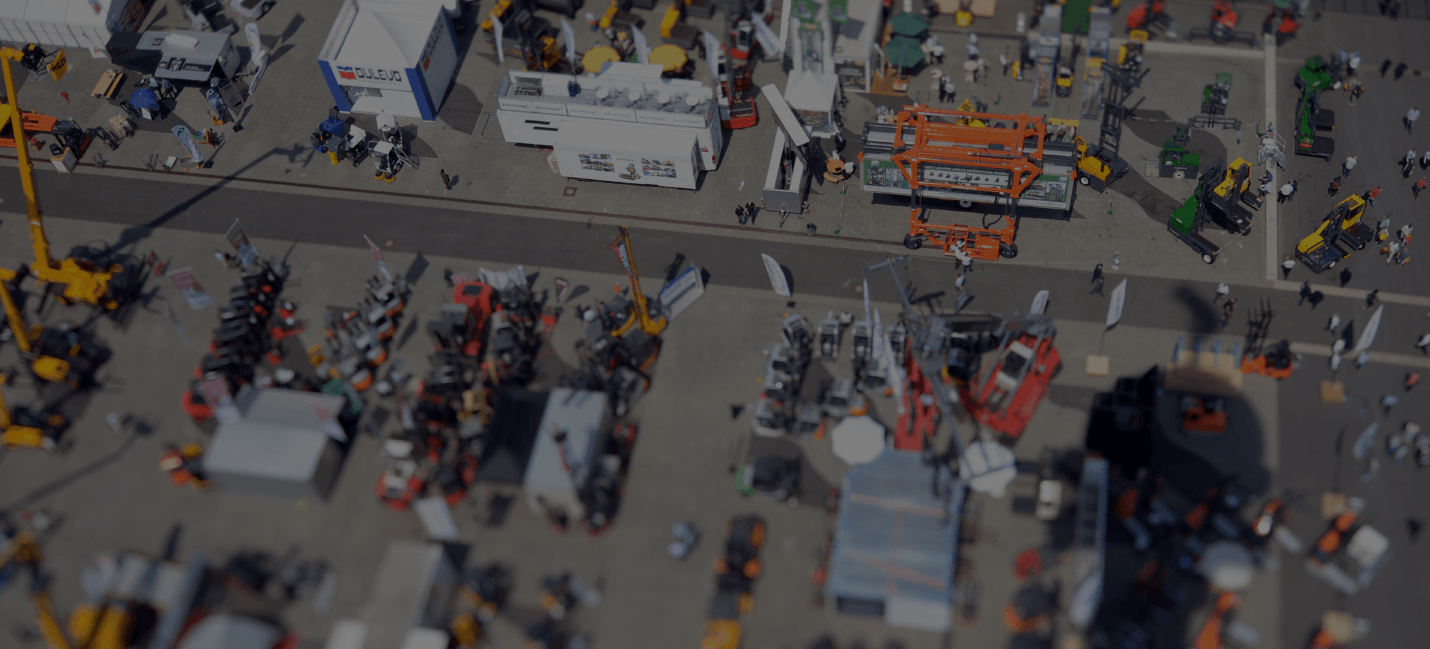How Automation is Solving Two Key Supply Chain Issues
2020 will see the continuation of mega and local trends that are driving more and more companies towards implementing automation technologies within their logistics and supply chain functions.
However, there are two areas that are the driving forces behind the push for automation according to Pas Tomasiello, General Manager - Integrated Systems ANZ at Dematic. Decreasing availability of labour and increasing customer expectations. He says automation is going to have a significant impact on both these areas in the near future.
Pas will explore these and other trends around automation during his presentation at CeMAT, the world’s leading trade show for the supply chain management and intralogistics industry, which is running in July 2020 in Melbourne.
We spoke to Pas in the lead up to CeMAT to get his thoughts on the opportunities that automation presents for supply chain and logistics, and what organisations need to do if they are thinking of incorporating automation into their supply chain functions.
An answer to growing labour shortages
As our workforce ages and the cost of labour increases, availability of labour continues to be a challenge. Many organisations are looking to automation to address these issues.
“Any level of technology that reduces the reliance on labour and presents good ROI suddenly becomes very attractive. Which is why many organisations are looking to automation technologies to replace many non-value adding tasks,” said Pas.
Pas said that introducing automation into the supply chain function not only eliminates the magnitude of labour needed, it can also add value to the tasks.
“Automation allows you to make tasks more accurate, resulting in a better quality output. It also allows you to implement automatic checks and balances, which results in a much more efficient supply chain overall.”
When it comes to introducing automation into your supply chain, Pas advises organisations to consider a robust change management program to help people cope with the level of disruption a change of this scale brings.
“Automation will have a significant impact on your processes and people. So thinking about things like using early adopters to drive behaviours, as well as partnering with the right people to implement automation technologies, are crucial for a successful implementation.”
Satisfying rising consumer expectations
Speed, quality and price are top priorities for today’s consumers. And expectations are on the rise. Services like Amazon Prime are upping the ante with lightning fast turn-around and delivery timeframes, pushing customer expectations higher and higher.
However, these trends aren’t isolated to the B2C world, Pas points out. They’re now proliferating into the B2B supply chain as well.
“As consumers become more and more demanding, customers of B2B supply chains are aligning with these changing expectations. The whole supply chain is being challenged by these parameters of needing to do things faster, better, and cheaper,” Pas said.
Sustainability is another increasing priority for many Australian consumers, and automation can have a positive impact in these areas, said Pas.
“Automation can help companies hit with their sustainability KPIs and reduce their footprint. For example automation technologies can help make better use of carbon-friendly freight and shipping options, and minimise the amount of returns.”
This even extends to the design of automation technologies, Pas added. “Many products have been designed to minimise energy consumption, using smart technologies to monitor usage and automatically switching off when not in use.”
Software is the bridge between technology and operations
The software that drives all this technology is an important piece of the automation puzzle, said Pas.
“When people think of automation, our brains naturally go to things like robots, conveyors and automatic guided vehicles but all of this is overlaid with very smart software.”
“The software is the piece that links the automation to the customers’ business operation. It’s a marriage that’s extremely important.”
See the latest automation and supply chain solutions at CeMAT
For people wanting to hear more about automation solutions and other technologies and trends driving supply chain, Pas recommends attending events like CeMAT to gain a comprehensive overview of the solutions on offer.
“Having multiple solutions in one place means you can quickly see where supply chain and logistics is headed, what the current supplier trends are, and assess the applicability of those to your business.”
“I’ve spoken to a lot of customers who’ve been to CeMAT and four of five conversations later, they’ve walked away with a really good overview of what the different suppliers are offering and which of those might be more relevant for their business,” Pas concluded.
Hear more from Pas Tomasiello and other leaders in supply chain and logistics technology at CeMAT, the world’s leading trade show for the supply chain management and intralogistics industry. Join us on 14-16 July 2020 in Melbourne.


